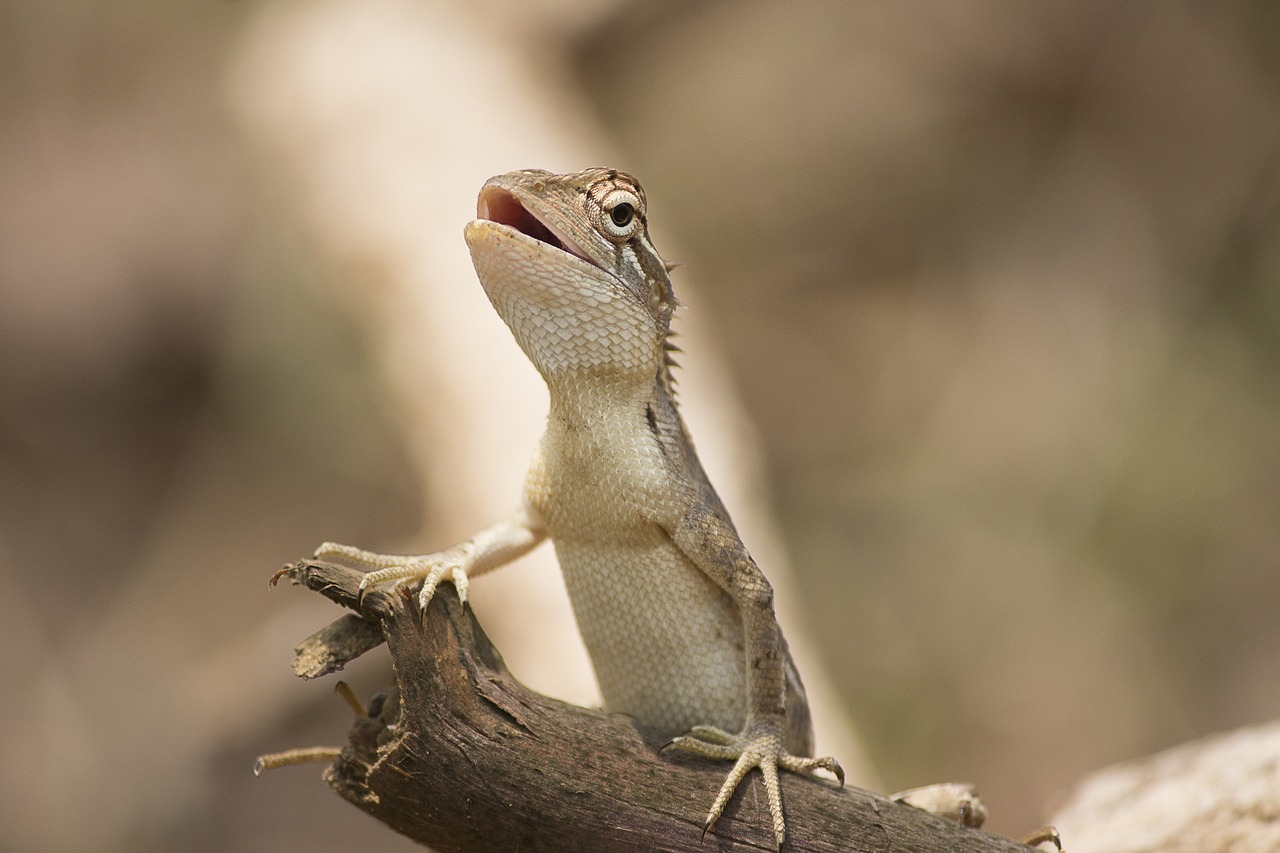Did you know that lizards lose their tails?
Yes, lizards have a remarkable ability to shed their tails when faced with predators or dangerous situations. This phenomenon, known as caudal autotomy, is a defense mechanism that allows them to escape from immediate threats. However, the loss of the tail has several consequences for lizards, both in the short and long term.
Indice
Why do lizards lose their tails?
Autotomy in lizards
Caudal autotomy is produced by a series of preformed fracture planes in the lizard’s tail vertebrae. When a predator catches the tail, the lizard’s muscles contract strongly and cause these vertebrae to rupture at specific points. This allows the tail to separate from the body. The separated tail continues to wag vigorously for several minutes, distracting the predator and giving the lizard an opportunity to escape.
What reptiles can we adopt as pets?
Immediately after losing its tail, the lizard experiences a series of challenges. The tail is an important structure for balance and locomotion. Without it, lizards may have difficulty moving efficiently, which can affect their ability to escape from other predators or to hunt prey. In addition, the tail stores fat and other essential nutrients, so its loss can have a negative impact on the lizard’s overall health, especially during periods of food shortage.
Tail regeneration
Tail regeneration is a complex and energetically costly process. Immediately after autotomy, the area where the tail was detached begins to heal and eventually forms a stump. From this point on, the lizard initiates the regeneration of a new tail, which may take several weeks or even months to fully develop. The regenerated tail is usually different from the original, both in structure and function. For example, instead of having vertebrae, the new tail may contain a rod of cartilage. In addition, the new tail may have different pigmentation and may not be as robust as the original.
What should I feed my gecko?
Tail loss may also affect the behavior and ecological interactions of lizards. Tailless lizards may become more cautious and modify their activity patterns to avoid predators. In some cases, loss of the tail may reduce reproductive success, as the tail plays a role in display during mating rituals. In addition, lizards that have lost their tails may be less able to compete with other lizards for resources such as food and shelter. 







